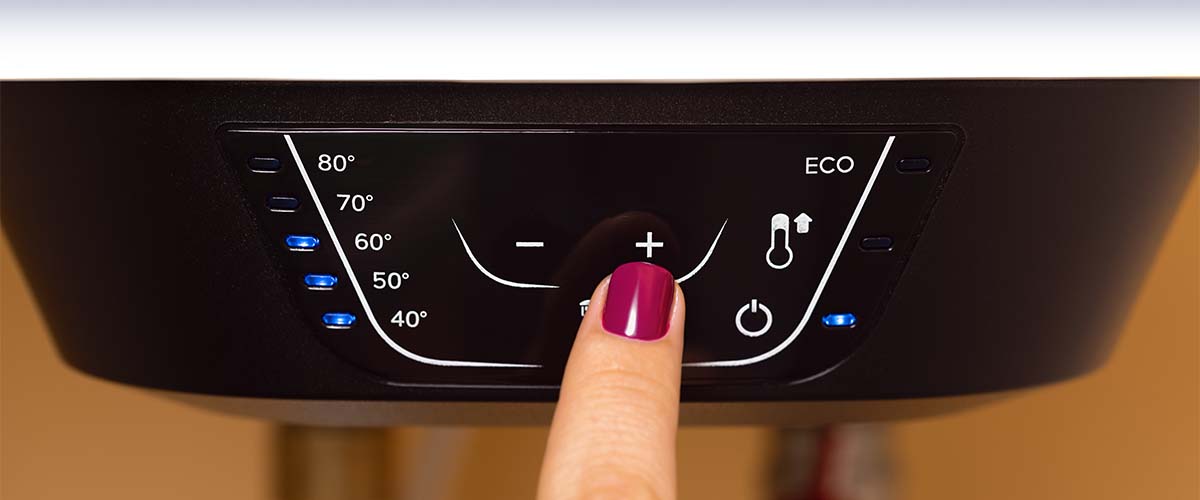Your shower keeps fluctuating between lukewarm and scalding hot, and you’re wondering how to safely adjust your water heater without turning bath time into a scalding risk. I’ve been there—standing with a meat thermometer at the bathroom sink, listening for that faint popping from the tank in the garage, trying to decode a tiny dial that looks like it belongs on an old radio. In, Milledgeville GA, many residents have older gas or electric water heaters that require adjustment. The trick is knowing where to start, what not to touch, and how to test the result without guesswork. Let’s walk through safely adjusting your water heater, like neighbors over the fence.
Understanding the Problem
This is the key to feeling in control of your water heater. Most homes are well-suited for 120°F water at the tap, which is hot enough for dishes and showers, but less likely to scald children or older family members. If your tank is set higher, a quick turn of the dial can cause the water to become scaldingly hot in seconds. If it’s too low, you’ll deal with tepid showers and may risk bacterial growth in the tank. I’ve seen both in Milledgeville homes, primarily where sediment accumulates from our mineral-rich water. That gritty sediment insulates the water from the heat source, so you’ll hear a kettle-like hiss or popping as bubbles fight their way through the layer. Electric heaters often have two thermostats—upper and lower—and if they’re out of sync, temperatures swing. Gas heaters typically use a control knob; however, they may drift or exhibit a lazy and yellow flame, which indicates combustion issues. Knowing your heater type and reading its labels is half the battle won.
Quick Fixes to Try First
Start by measuring what you have. Run the hot water at a sink closest to the heater for two minutes, then hold a kitchen thermometer in the stream. If you’re below 120°F and want it slightly warmer, make small changes: think one “click” on a gas control or a few degrees on an electric thermostat. However, it’s crucial to remember that adjusting a water heater can be dangerous if not done correctly. So, always kill the power first before making any adjustments. For electric units, turn the breaker off, remove the small metal panel(s), peel back the insulation, and use a screwdriver to turn the water heater thermostat setting. Replace covers before restoring power. For gas heater adjustment, never remove burner compartments unless you’re qualified.
Give it time. It can take 2–4 hours for a full tank to reflect changes—Re-test with the thermometer. If you smell gas—a sharp, eggy bite—stop, ventilate, and call the gas company. If the water gets too hot, dial it back immediately. Also check for a mixing valve on top of the tank (a small brass valve with three lines). If it’s set too low, it can keep tap temps down even when the tank is hotter. And if the water sounds like it’s boiling or you see steam, shut the unit off and call for help; that’s not a minor issue, that’s a safety concern.
Prevention and Maintenance
A few habits help maintain a steady and safe temperature. Once a year, flush a few gallons from the drain valve to push out sediment—let the water run into a bucket until it’s clear and the gritty feel is gone. This simple task can prevent sediment buildup, which can lead to inefficient heating and potential damage to the tank. That popping sound? It usually fades after a good flush. Every couple of years, have the anode rod checked; it sacrifices itself to prevent rust, and when it’s used up, tanks run hotter and dirtier. Regular checks and replacements of the anode rod can significantly extend the life of your water heater. Test the temperature and pressure (T&P) valve by gently lifting the lever; hot water should spill into the discharge pipe. If it drips constantly or doesn’t move freely, replace it. This valve is your last line of defense against dangerous pressure.
Insulate the first 6–10 feet of hot and cold pipes from the tank; it keeps heat where you want it and reduces the need to crank the thermostat. If you have little ones, consider installing an anti-scald mixing valve at the tank or at the shower valves. For trips away, set the temperature to “Vacation” or around 110°F to conserve energy. I do that when visiting family in Milledgeville, Georgia, and the tank doesn’t fight humidity or reheat needlessly while the house sits quiet. Lastly, keep the area around the heater clear; airflow is crucial for gas units, and clutter can obscure warning signs, such as sooty marks or damp floors.
When To Call Professionals
Call a pro if the temperature won’t stabilize after a careful adjustment and a day of testing. Electric heaters with a stuck thermostat or a failed heating element will give you the maddening warm-cold-warm cycle, no matter what you do. Gas units with a weak or yellow flame, frequent pilot outages, or scorch marks around the burner require immediate attention; combustion problems are not DIY projects. A persistent rotten-egg odor in hot water can be a reaction between the anode rod and bacteria—there are fixes, but it’s a multi-step job. If the T&P valve drips, don’t cap it; that’s a pressure warning. Have the expansion tank checked too—when it fails, pressures spike and temps can swing.
Flushing reveals rust flakes? A pro can tell if the tank’s lining is failing. If your heater is 10–12 years old and exhibiting these symptoms, it may be time to consider replacement or a mixing-valve retrofit for safety reasons. If I am working on the issue, I bring a calibrated thermometer, test the gas pressure and draft on gas units, check both thermostats on the electrics, verify the incoming water pressure, and inspect the anode rod. It’s a short visit that buys peace of mind and keeps showers consistent. Our team specializes in both water heater repairs and comprehensive heating system maintenance, ensuring your home stays comfortable year-round.
Common Questions
What temperature should I choose for my water heater?
Aim for 120°F at the tap. A safe water heater temperature in Milledgeville helps reduce the risk of scalding.
How long will it take until I feel the change?
Usually 2–4 hours for a full tank. Larger tanks or colder incoming water can take longer to heat up.
Is the “popping” sound in my water heater dangerous?
It’s usually sediment. Flush a few gallons; if it’s still loud or you hear boiling, shut it off and call a professional.
Can I adjust both thermostats on an electric heater?
Yes—set the upper and lower to the same temperature. Power off first, then cover the back before restoring power.



